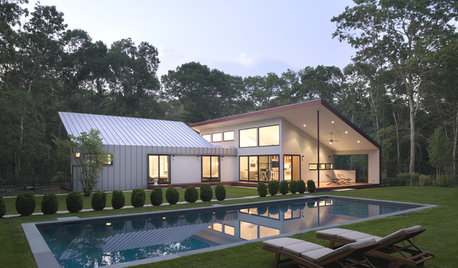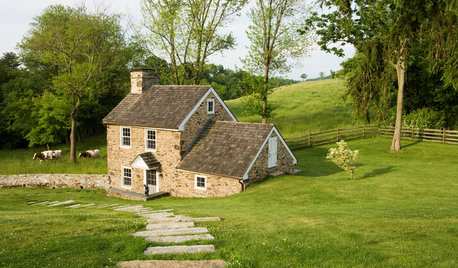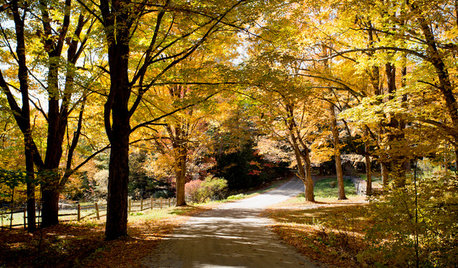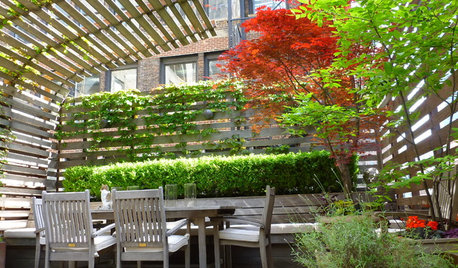Austins in Pennsylvania Ohio River valley
James
10 years ago
Related Stories

REMODELING GUIDESRegional Modern: Metro New York Shows Its Modernist Roots
10 contemporary homes outside Manhattan: Clean lines, rooted in place
Full Story
BEFORE AND AFTERSRestoration Rallies a 1790 Stone Springhouse
An old outbuilding gets a new purpose — several purposes, that is — thanks to careful efforts by stonemasons and architects
Full Story
FALL GARDENINGHouzz Call: Show Us Your Autumn Views
Share your pictures of fall foliage and decor in the Comments. Your photos may be featured in an upcoming story!
Full Story
FALL GARDENINGHouzz Call: Show Us Your Fall Color!
Post pictures of your fall landscape — plants, leaves, wildlife — in the Comments section. Your photo could appear in an upcoming article
Full Story
GREEN BUILDINGThe Passive House: What It Is and Why You Should Care
If you don’t understand passive design, you could be throwing money out the window
Full Story
GARDENING AND LANDSCAPINGHouzz Call: Show Us Your Great Patio, Deck or Rooftop!
Give your patio a chance at the spotlight as we head outdoors for a new summer ideabook series
Full Story
LIFEHard Winter? 9 Ways to Battle Cabin Fever
We know a lot of you are trapped where it just won’t stop snowing. Here are some ways to survive
Full Story
PETSGood Dog! Cute Pooches at Home
The dogs of Houzz take you on a tour of their homes and show you where they lounge, eat, play, bathe and nap
Full Story
HOUZZ TOURSHouzz Tour: Texas Family Trades Traffic Noise for Frog Songs
Modern glass and stone structures hug two waterways on a sprawling Texas Hill Country compound
Full Story
MOST POPULARWhen Does a House Become a Home?
Getting settled can take more than arranging all your stuff. Discover how to make a real connection with where you live
Full Story









mad_gallica (z5 Eastern NY)
JamesOriginal Author
Related Professionals
Kapaa Landscape Architects & Landscape Designers · Piqua Landscape Architects & Landscape Designers · Simi Valley Landscape Architects & Landscape Designers · Arden-Arcade Landscape Contractors · Damascus Landscape Contractors · Deerfield Beach Landscape Contractors · Galveston Landscape Contractors · Middletown Landscape Contractors · New Cassel Landscape Contractors · Thonotosassa Landscape Contractors · Citrus Heights Swimming Pool Builders · Conroe Swimming Pool Builders · Eastvale Swimming Pool Builders · Forney Swimming Pool Builders · North Reading Siding & Exteriorsrosefolly
JamesOriginal Author
rosefolly
Gabrielsyme
nastarana
dublinbay z6 (KS)